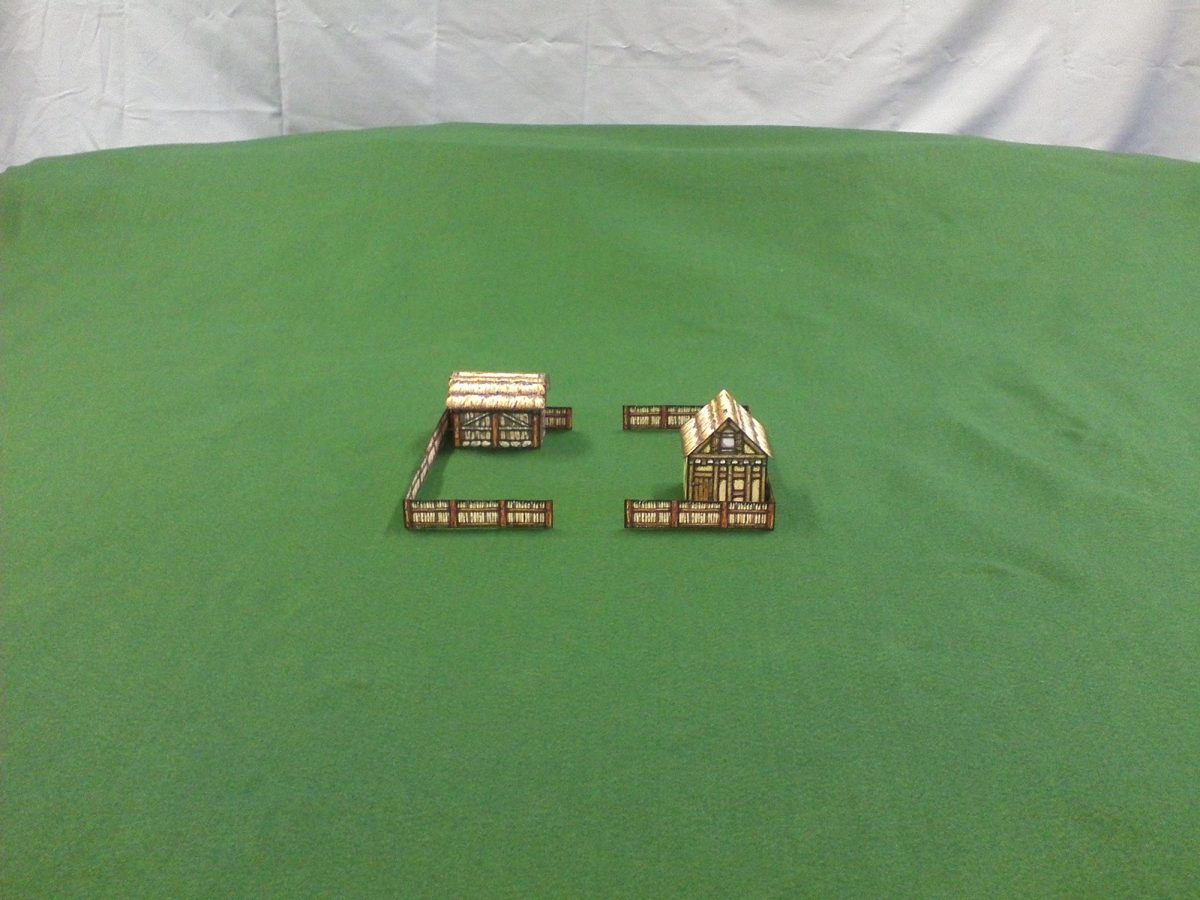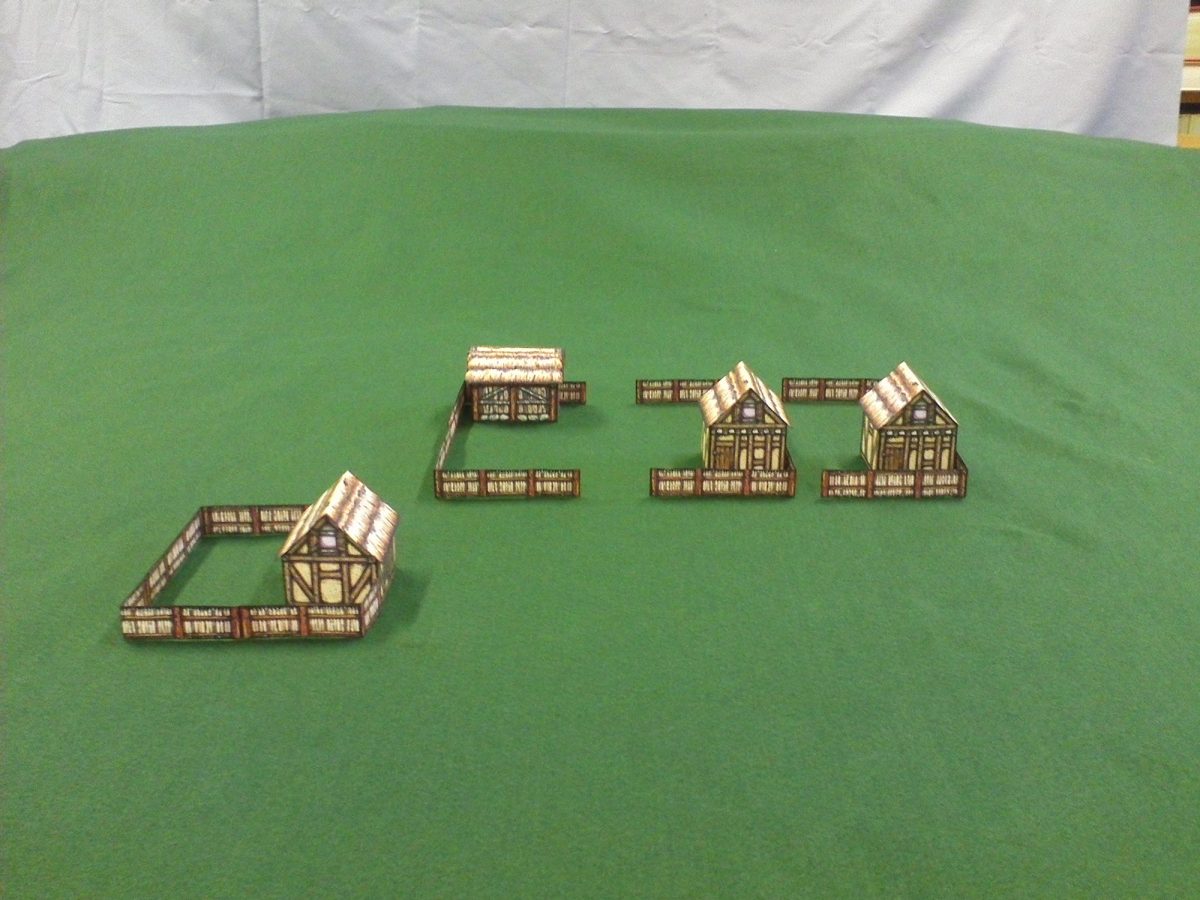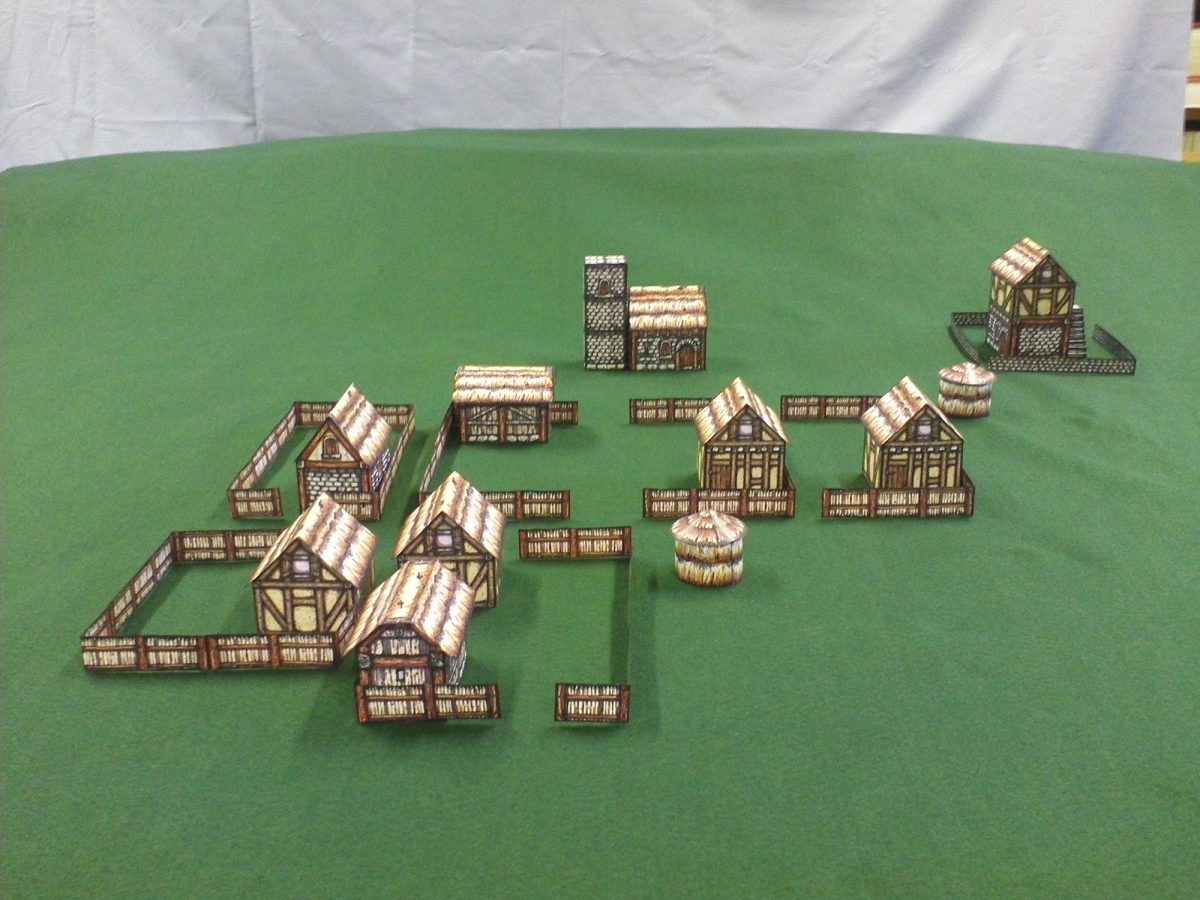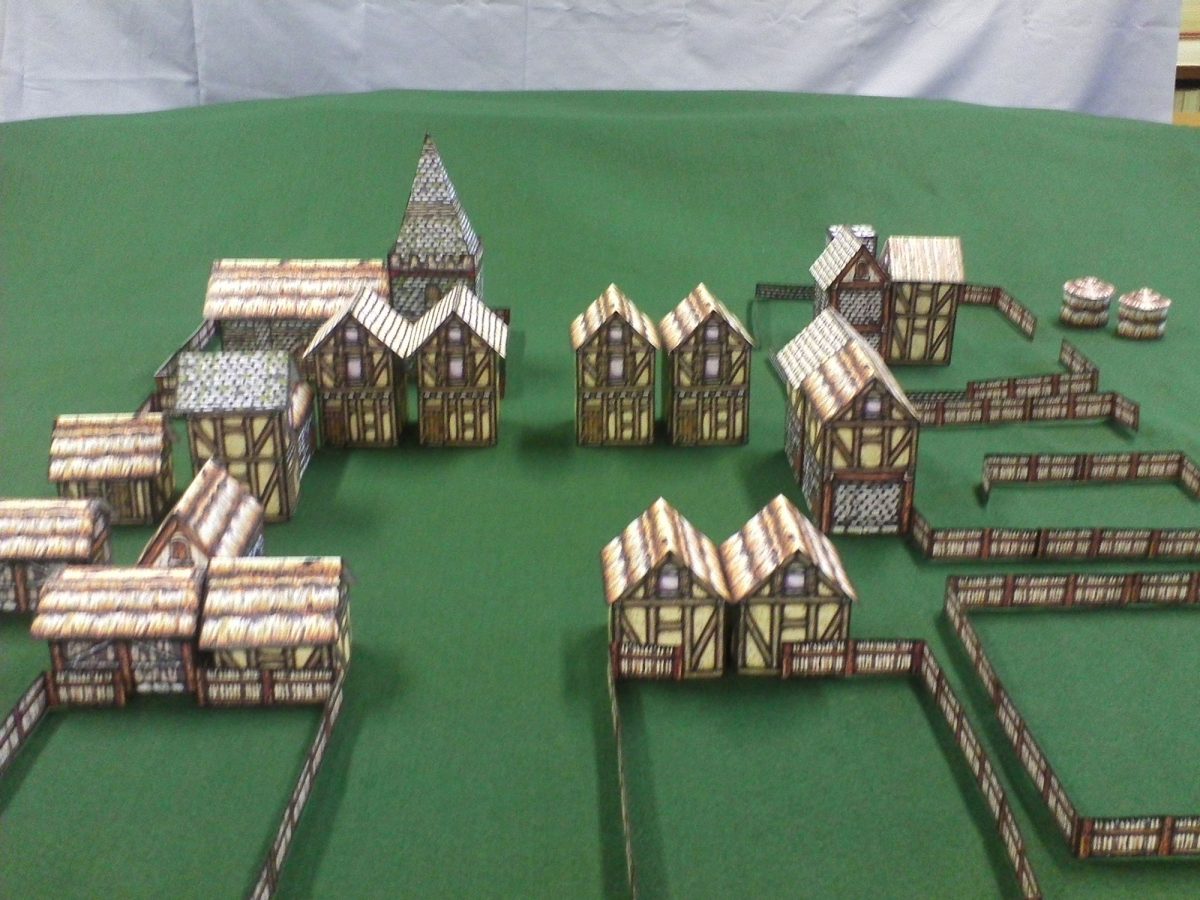Settlement Hierarchy
Topic 6: Settlement Hierarchy
The overall pattern of settlement can be characterised as a settlement hierarchy ranging from single farmsteads up to cities.
The larger the settlement size, the fewer will be located within a particular geographical area.
An examination of settlement hierarchy is useful in that it can show the range of settlement types existing, and by considering their numbers it can indicate economic or environmental constraints upon the settlement pattern.
Farmstead
In medieval Lincolnshire, the smallest element of settlement was the single farmstead. A farmstead is a farm and its associated buildings.
These are often few in number and can leave only faint traces. As a result only a proportion of this type of settlement has been identified.
Hamlet
A small group of dwellings without a church is usually termed a hamlet. These may be recorded within the parish of a nearby church under their own name.
Archaeologically they can be difficult to identify because they can subsequently develop into villages, or all visible traces are lost to plough.
Village or township
The most commonly known medieval settlement in Lincolnshire is the village or township. In the majority of cases, these have survived as the historic core of modern villages, usually centred around a medieval church.
Where villages were abandoned, they can often be located by the survival of their medieval church, this is in contrast with hamlets, where such a prominent indicator is lacking.
Market town
Interwoven into the pattern of rural villages in Lincolnshire is a pattern of market towns. These performed a vital economic function within the settlement hierarchy and their distribution and location is a useful indicator of the movement of trade in the region.
Where trade was particularly good, due to the towns function as a port for example, the towns grew in size and power and in some cases were able to acquire charter status. However, this was not always a simple process and in some cases in Lincolnshire the interests of landowners caused them to oppose the granting of charters and this could lead to conflict.
City
At the top of the settlement hierarchy is Lincoln.
Established in the prehistoric period, and deliberately developed by the Romans, this strategically important fortified settlement gained the status of a city and in the late 11th century Bishop Remigius moved his episcopal seat from Dorchester to Lincoln, laying the foundations of Lincoln cathedral at around the same time. Lincoln remained the centre of both royal and ecclesiastical administration from then on.
Distribution of settlements
In terms of understanding a particular village, a parish may contain several farmsteads, hamlets or even villages:
- Often there is a main village, with farmsteads and hamlets forming as satellite settlements, but this is not always the case.
- Villages are often approximately one hour’s walk apart, with a market town located within two hour’s walk. Often this will be the only market within a two hour walk.
- In the medieval period a journey from one town to another would be a substantial journey of four hours or more.
However, with three forms of administration in place at the same time, there can be occasions where markets, ports and towns are closer together. When this occurs, it is worth looking into the history of the region to discover the reasons why.




